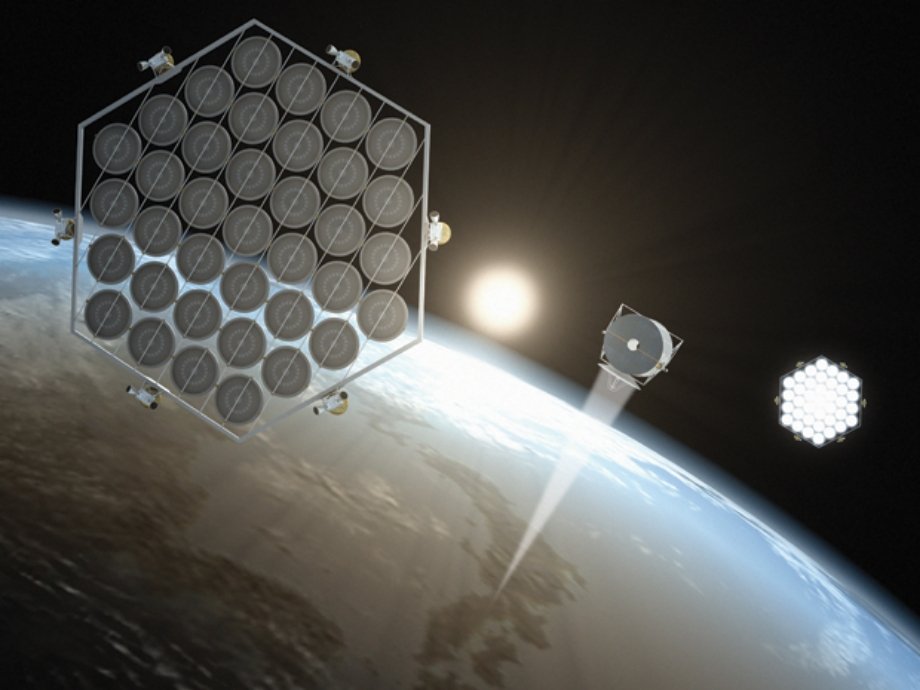Japan and JAXA, the country's space agency, have spent decades trying to make solar emission possible. energy from space.
In 2015, Japan made a major breakthrough when JAXA scientists successfully delivered 1,8 kilowatts of power, enough energy to power an electric kettle, more than 50 meters with a wireless receiver. Now, the country seems ready to take the technology one step closer to reality.
The Nikkei he says that a Japanese public-private partnership will attempt to beam solar power from space in 2025.
The project, led by Naoki Shinohara, professor at University of Kyoto, which has been working on space solar energy since 2009, will attempt to send a series of small satellites into orbit. They will then attempt to transmit the solar energy collected by the arrays to ground receiving stations hundreds of miles away.
The use of orbiting solar panels and microwaves to send energy to Earth was first proposed in 1968.
Since then, some countries, including China and the US, have spent a lot of time and money to implement the idea.
The technology is attractive because orbital solar arrays represent a potentially limitless supply of renewable energy. In space, solar panels can collect energy regardless of the time of day, and by using microwaves to emit the energy they generate, clouds are not a concern.
However, even if Japan develops and manages to send a fleet of orbital solar arrays, the technology will still be closer to science fiction than reality.
Why; Building an array capable of generating 1 gigawatt of power – or about the power of a nuclear reactor – would cost about $7 billionmillions dollars with the available technologies.





